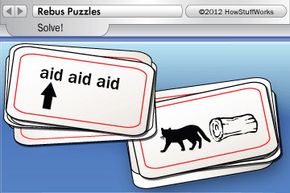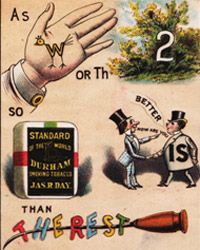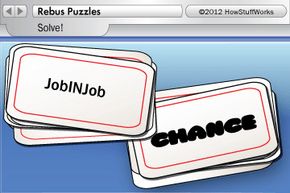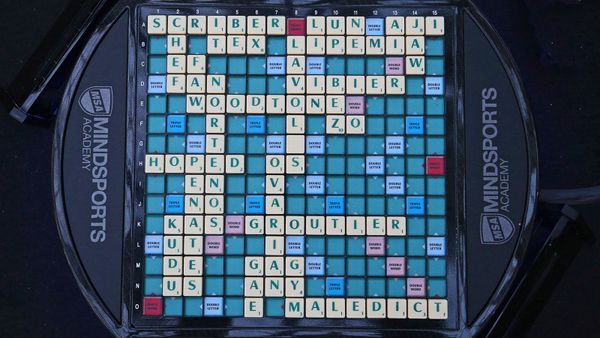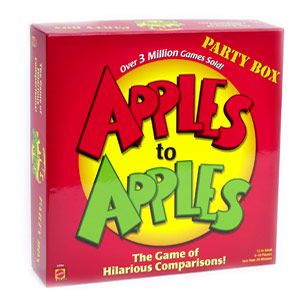Because of my passion for journalism, I absorbed everything I could about the printing process while I was working my first job in the field. For fun, I learned how to operate an antique letterpress that was owned by a fellow word nerd. We passed many a pleasant hour partying like journalists and manually arranging individual letter blocks to spell out words. After one unfortunate lapse that sent all my carefully placed tiles sailing out of the composing stick and onto the floor, I also remembered to use spacers to keep the blocks in place. Some of the spacers I used were blank blocks designed to separate words and sentences; shorter than letter blocks, these spacers didn't leave a mark on the paper. Other spacers, known as dingbats, imprinted a symbol.
Although the letterpress is no longer used in commercial printing, dingbats still are. They're used to mark the end of an article or a book chapter, and have become ornamental devices used in print advertising and design [source: Wise Geek].
Advertisement
Understanding the Dingbats brainteaser game, however, requires more than knowing the term's practical history. You'll need to know how to solve rebus puzzles. These puzzles use pictures and words as clues to their answers, which are idioms or other common phrases. Sometimes attention is drawn to a specific word or letter in the puzzle, which offers a clue to the answer. For example, "aid aid aid" with an arrow pointing to the first word in the series means "first aid." Or, the clue could phonological cues. For example, a picture of a cat next to a log means "catalog."
In the Dingbats family of games, there are puzzle cards in three categories that become progressively more difficult to solve, but that reward correct answers with an increasing number of points:
- Thingbats: A combination of pictures and words or letters (5 points)
- Dingbats: A combination of letters or words (10 points)
- Kingbats: Can be either a Thingbat or a Dingbat, but are the most complex puzzles to solve (15 points)
Advertisement
